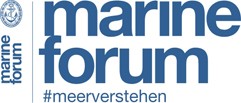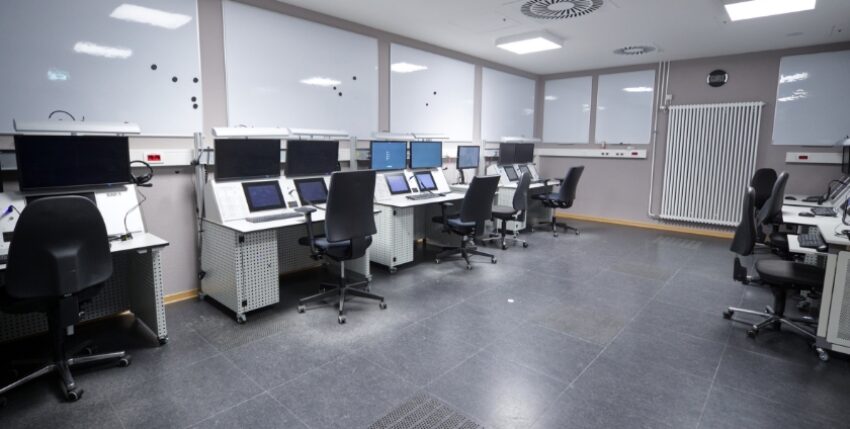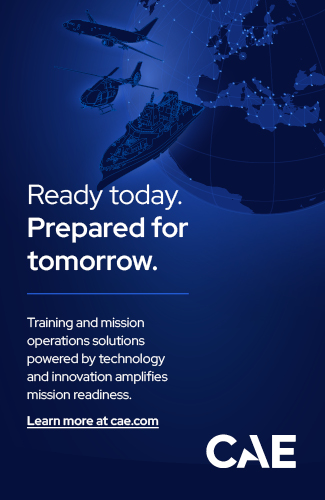FLASH - enemy air contact at bearing 090 distance 50 nm, it sounds from a cabin at the Naval Operations School Bremerhaven at 10.15 a.m. on a Monday morning. While the crew on board would have taken up their battle stations by now at the latest, the course participants of OPZ 6 work through the threat in a coordinated manner under the watchful eyes of their instructors. The attack by the enemy missile is successfully repelled, a sense of achievement for the students on their way to becoming prospective operators. They practise the operational principles and procedures of command and control at sea - simulated in a safe training environment using a computerised training system. Training for the war of tomorrow takes place digitally today, This was not always the case. The Naval Operations School looks back on 50 years of procedural training:
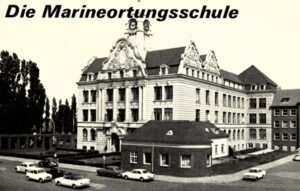
On 26 September 1974, the navy took over a new training system from the US company SINGER, fundamentally modernising the procedural training that had been carried out up until then - and still is today. The arrival of the ultra-modern, computer-aided simulation system marked the end of the era of plotting tables and enabled realistic training of all procedures in naval and naval air warfare, including under three-dimensional threat scenarios.
Peilen-Melden-Plotten, or PMP for short, was an essential core element of procedural training in the early years of the newly founded German Navy. When the Bundeswehr was established in 1956, the Marineortungsschule was set up on the now familiar site in Bremerhaven to train soldiers for use on board in the naval command and control service.
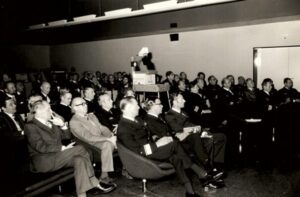
in 1974, photo: Bw
Initially, training took place on a "superplotting table", which was handed over to the German Navy by the Americans after their occupation and use of the site by the US Navy, and which could display six targets. From 1966, training took place on the sea plotting facility, which consisted of several plotting tables, viewing devices and a telecommunications simulation system. This made it possible to create a much more realistic training environment using an early type of radar simulation, as the future operators would later find on board the ships and boats. The system was continuously improved over the years; today we would call it an update. For example, a rediphone system was added, which further expanded the visualisation of the sea and air situation. By the time it was decommissioned on 1 June 1974, the system had been in continuous operation for around 11,000 operating hours - around 4 years in mathematical terms. The high number of operating hours illustrated above all: the increasing demand for practical hours and the associated added value for the training of all rank groups.
The "Dampf-OPZ" provided training for non-commissioned officers, petty officers and naval officers - in both the A and B courses. This not only laid the foundations for a career in command, but also trained future naval operations officers and future commanders.
Ultimately, despite the commitment and excellent maintenance by the technical staff, the system had reached the end of its life cycle. The technical possibilities had also developed enormously and so the decision was made in 1972 to modernise the training facility. The new procedure trainer was to enable all procedures for naval and naval-air forces to be practised in three-dimensional naval warfare.
Compared to today's modernisation projects, the schedule was simple. With the decision in favour of a training system from SINGER, the space problem had to be solved first. A computer-aided simulation system with cabins and an auditorium exceeded the previously used space capacity in the "grey donkey". The new process trainer was to be housed in Building 58, which had been used as a motor vehicle hall. The conversion phase only took two years, so that the equipment could be installed without delay after completion in March 1974. Less than 6 months later, in September 1974, the final acceptance of the system took place by means of extensive tests. On 26 September 1974, high-ranking naval representatives and officials attended the handover ceremony to the navy so that training operations could begin a few days later, as planned, in October 1974.
With a hard disc capacity of 2 MB and a 96 K working memory, the fully digital trainer system was a technological marvel at the time. The auditorium was equipped with a large-screen projector powered by a 2000 watt xenon lamp. In addition to the immense power consumption, the lamp had to be replaced every 100 operating hours using a complex cathode replacement process, meaning that the auditorium was regularly unavailable for a day. This was an additional factor that complicated the already extensive coordination involved in planning the utilisation of the trainer. The long-term and smooth planning of all courses, with their different levels and teaching objectives, required a high degree of synchronisation and close professional consultation between all those involved. A fact that has not lost its validity to this day.
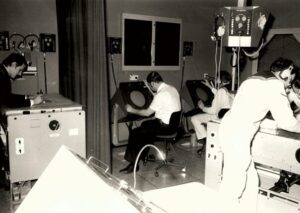
Another fact that has not changed in all these years is the high number of personnel required for the clear technical status and operation of the training facility. From 39 people in 1974, the workforce has grown continuously over the years - measured by the technical scope and training requirements - to over 70 people - soldiers and civilian employees.
This also resulted from the merger with the naval tactical training group from Wilhelmshaven, which specialised in synthetic, tactical training and further training for the navy, with the naval training school in Bremerhaven in the 1990s. The result was the now well-known naval operations school in Bremerhaven, which also included the weapons and telecommunications school. The Naval Tactical Training Group evolved into the Tactics and Procedures Training Centre, which later became the Naval Tactics Centre (ZSM) in October 2022, which also combines tactics training and tactics development under one roof. The ZSM comprises a total of 115 posts. Since 1997, in addition to procedural training, the centre has also provided the synthetic training required for the fleet at a shared location with two training facilities.

OPZ crews regularly practise within their deployment and training programme, EAP for short, in individually coordinated individual and team training sessions or even together with other crews during a so-called Monthly War at the operators' alma mater in Bremerhaven. This is the only place where the role of a Commander Task Group (CTG) can be practised with its staff in real time.
The technical developments of the last 50 years have also had an impact on the trainer system. The system has undergone numerous modernisations, which have also led to the replacement of the SINGER system. The most recent trainer regeneration was agreed in 2015 by contract with the company THALES and concluded until 2024.
The future of training is all about networking within the navy. The "Distributed Training Architecture Navy" project, or VTAM for short, aims to connect selected naval locations with each other using hardware and software components. The network standard used will enable the exchange of tactical data links, use of shared web services, communication and joint participation in simulations. If you were to compare the technical status of the system today with a mid-range PC game, this network represents the online version of the game. Among other things, it also enables seagoing units, both at the pier and later from the sea, to connect to the simulation with their OPZ. Practising a single scenario together at the highest level.
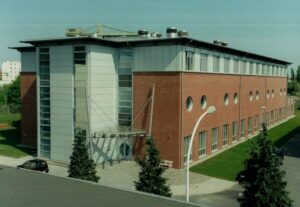
To this day, training still depends on competent and experienced personnel at the navy's training centres. Trainers who have to be generated from the crews of the units, who are missing on board in times of personnel shortages, but who ensure the necessary quality of training for future and existing crew members.
Both the Naval Operations School and the Naval Tactics Centre enjoy a good international reputation. Last but not least, the close cooperation with allied navies leads to a lively exchange between the schools, including joint courses and practical training phases.
Ulrike Boelke-Dörr
